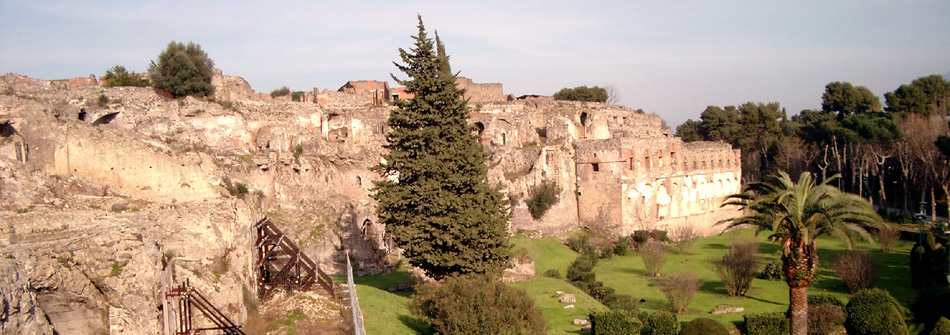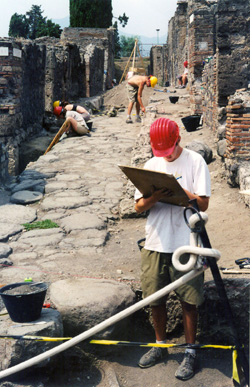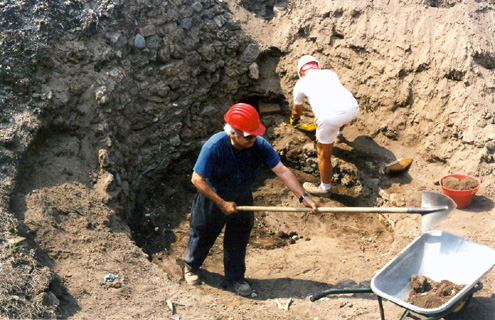


|
The process Items found during the sifting process are sorted by material composition and type. These are placed in marked zip-lock bags. The bags are placed in a special green tray used to keep the finds from each SU together. One green tray is used for each SU and is also labeled with pertinent date. Recording With the excavation is complete on a SU, findings are sorted and listed by category on the Ecofact Assemblage Form, Flot Sample Record Sheet and Artifact Assemblage Form. Once the forms are complete and finds properly packaged, the green tray is delivered to the collection site. The Stratigraphic Unit Sheet remains with the AA binder but the other forms are inserted in the collection binder held at the collection point. Photographs and scale drawings are also rendered with work in progress to document and emphasize aspects of the area. Site researchers render drawings while project staff photographers take official photos. Stephens and I rendered several official drawings. A level horizontal line is set with a string above the feature to be rendered in order to maintain scale and dimension integrity. Equal measured increments are marked on the string. Tracing paper is taped to the drawing board over grid paper. One person calls out the vertical distance below the string at each increment while the second person draws the various heights of the image. After the dimensions are noted physical details are filled in by observation. Researchers are allowed to take their own personal photos and drawings. Accordingly, I took many photos and did a few drawings of my own. |
 |
 |